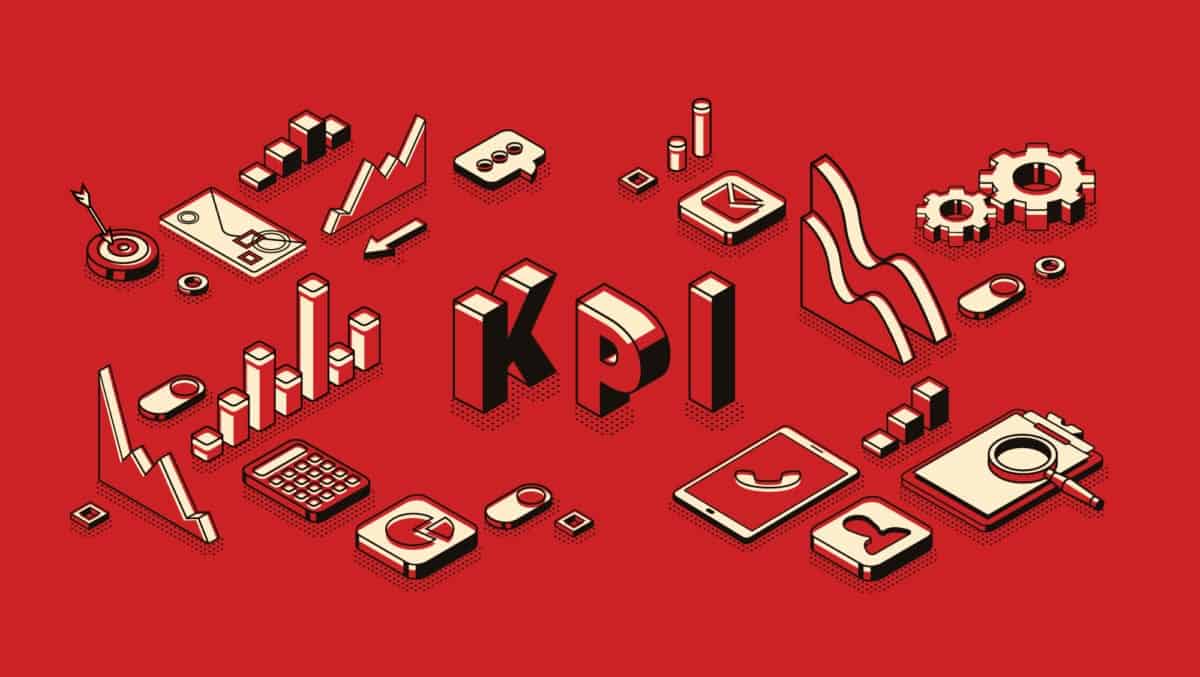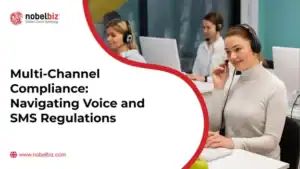Key Performance Indicators or KPIs are indispensable Data in the outsourcing field, especially for telemarketing campaigns. These indicators are used to analyze, evaluate and control the performance of a contact center.
In this guideline, we will explore 5 key indicators and how they can be used to optimize telemarketing campaigns.
What are KPIs?
KPIs or Key Performance Indicators in a call center can be defined as:
- Measures that help determine the success of telemarketing campaigns,
- Elements associated with call center performance that can be measured and quantified,
- Indicators that are used to evaluate the overall success of an agent or the team,
- Sources of information that help guide business strategy, actions, efforts, and investments.
In other words, KPIs are a set of numbers that are used to measure data and help agents to achieve their goals. However, these indicators vary depending on the nature of the business, the type of activity, the communication channel, and the objective of the campaign.
To set a course, you need to have a clear idea of the final objective of your telemarketing campaign. Is your objective to obtain appointments? Direct sales? Surveys? These questions will help you establish call lists and by extension your own key performance indicators.
The focus here will be solely on the KPIs that are relevant to a telemarketing campaign.
What are the most important KPIs for telemarketing campaigns?
1. Contact rate
For agents involved in telemarketing, the contact rate is probably one of the most important metrics. It is defined as the percentage of calls that result in a significant conversation with a potential customer.
The formula to calculate the contact rate of a telemarketing campaign is as follows:
Contact Rate % = (Quantity of sales or promises to buy / Number of Useful Contacts) x 100
With this rate, you will be able to measure the effectiveness of your telemarketing campaign. And you will be able to adapt your strategy according to the results obtained.
Here are some influential actions to stimulate a good contact rate :
- Achieving a good segmentation of the database
- Dialing prospects at the right time
- Having a well-defined script
- Proper training for agents
- Analyzing statistics and records on an ongoing basis
2. The cost of acquiring leads
Conducting a telemarketing campaign can be fun and challenging for businesses, but it can also be expensive. Therefore, it is vital to look at the cost of acquiring a lead. This way you can improve the return on investment of telemarketing campaigns.
In general, cost per lead or CPL is the ratio between telemarketing costs and the number of leads generated.
CPL = telemarketing costs/number of leads
Let’s take as an example, an investment of 10,000 dollars to carry out a telemarketing campaign. For this budget, the contact center managed to get 100 new customers. The CPL would then be 10,000/100 = 100 Dollars per lead.
3. Lead loss rate
In reality, it is difficult to keep customers forever. A contact center is a business and it needs to consider the ratio of customers lost by the telemarketing team over a period of time.
To calculate it, you can use the following formula:
Lead loss rate = (number of customers with the possibility of being lost / the number of customers actually lost) x 100
Ideally, the lower the loss rate, the better the performance. This translates into more loyal customers who ensure a certain level of guaranteed income for the development of your activity. Through a snowball effect, satisfied clients can also attract new ones.
4. Conversion Rate
The conversion rate is the endgame for a telemarketing campaign. It refers to the ability of agents to transform a call with one prospect into a request or a sale.
It represents the percentage of contacts that successfully pass from one stage of the purchasing process to the next. This conversion rate can also indicate any activity of a customer journey (such as clicking on a call to action button on a website until he performs a request for a quote).
In some cases, you may come across a prospect who is already a customer. If he chooses to renew his commitment to the brand, this call will also count in the conversion rate.
As a communication channel, the telephone remains the most effective way to increase your conversion rate, even if it’s the most expensive. And, you can evaluate the effectiveness of a campaign as follows:
Conversion rate = (number of prospects contacted/number of contacts who agreed to discuss or make a sales appointment) x 100.
5. Customer loyalty rate
Finally, you have a large number of customers, you are performing on every KPI, and your activity is blooming. But how do you keep the acquired customers over a long period of time? That’s where the last piece of the puzzle comes in: Customer Loyalty Rate.
This rate refers to your ability as a contact center to retain customers over a certain period of time. Remember that acquiring new clients is much more expensive than keeping a current client. You will pay somewhere between 5 and 25 times more.
This rate can be calculated on an annual, monthly, or weekly basis, and here is the formula to use:
Customer Loyalty Rate = ((CE – CN) x 100)
CE = Number of clients at the end of the period
CN = Number of new clients acquired during the period
CS = Number of clients at the beginning of the period
Conclusion
Every outbound call, whether successful or not, should be used to reinforce your strategy. Learn how to replicate successful ones and how to avoid possible mistakes. In that regard, effective monitoring of your outbound calls has two facets: monitoring call quality and regular coaching of operators.
The first allows supervisors to measure the effectiveness of their team based on the actual performance of each agent. As for the second, it puts into practice the lessons learned from monitoring, which are themselves put into perspective with the relevant KPIs.
On the other hand, regular training sessions will allow you to perfect your outbound calling strategy by involving operators in personalized training sessions. It is important that coaching be individual, data-driven, and incentive-based rather than punitive.
Ensure that agents have the opportunity to provide feedback and input on their training. Measuring their satisfaction, product mastery and confidence is as important as monitoring their performance. Sustained, knowledgeable, and motivated operators are your best asset for a successful telemarketing campaign.
To conclude our guideline, it should be noted that all these KPIs are interdependent and you must have adequate technology to navigate them. OMNI+ from NobelBiz is an Omnichannel solution that allows you to evaluate your performance and the quality of your calls with the real-time flow of activity.

Abdelmounim Benharouga has always had a strong passion for writing and digital marketing. He started as a Digital Content Writer part of marketing department then moved to being Customer Success Manager for the African Region within the Nobelbiz team.






